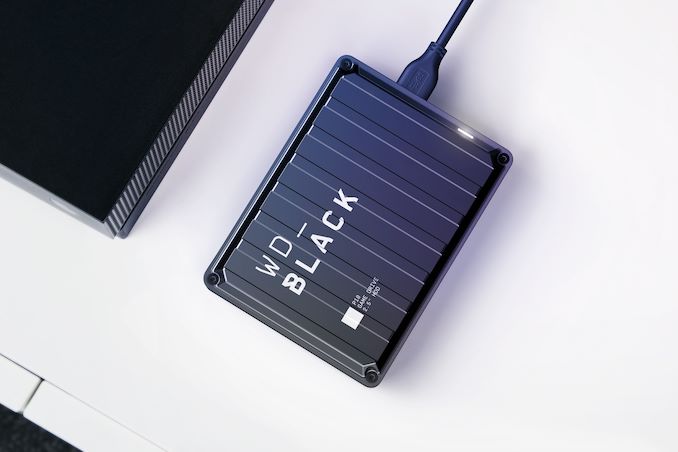These things (and Seagate’s) have the usb interface soldered on, so if the drivd dies, forget about the data, no way to connect to another usb adapter to try to recover. Granted, it’s usually the drive that dies, but in these cases, you have a 100% rate of non recovery . Any other brand’s are standard drives. My favorite are toshiba.
Why would the USB electronics be particularly likely to fail relative to other electronics on the drive?
Because you flex and replug the interface often.
The thing you use to plug your phone, tablet, drives and other things with is very often the failure point unless you break screens or get water in them.
Normally you simply have a HDD drive with a SATA interface in there, so if the USB connector fails, you can still easily recover your data.
With these things, you’re lucky if they even offer the possibility of repairing or recovering the drive.
I have a dual NVMe USB3 caddy that’s smaller than most 2.5 HDD housings with currently 2 2TB drives, you can buy 4 and 8TB nvme drives these days too. I can throw that thing out a car and it won’t care.
And the drives are easily swappable and so are the electronics in the casing.
So no, 2.5" HDD’s still are an utterly dead end of technology.
Especially with these and some other vendors, the USB interface is part of the drive (there’s no SATA port on them), so you can’t swap them or take them out for data recovery. They are HDD tech, which doesn’t do shocks or any other sort of roughhousing, they are slow as shit and use far more power than any NVMe drive.
Which NVMe USB3 caddy are you using? I’d like to get me one.




